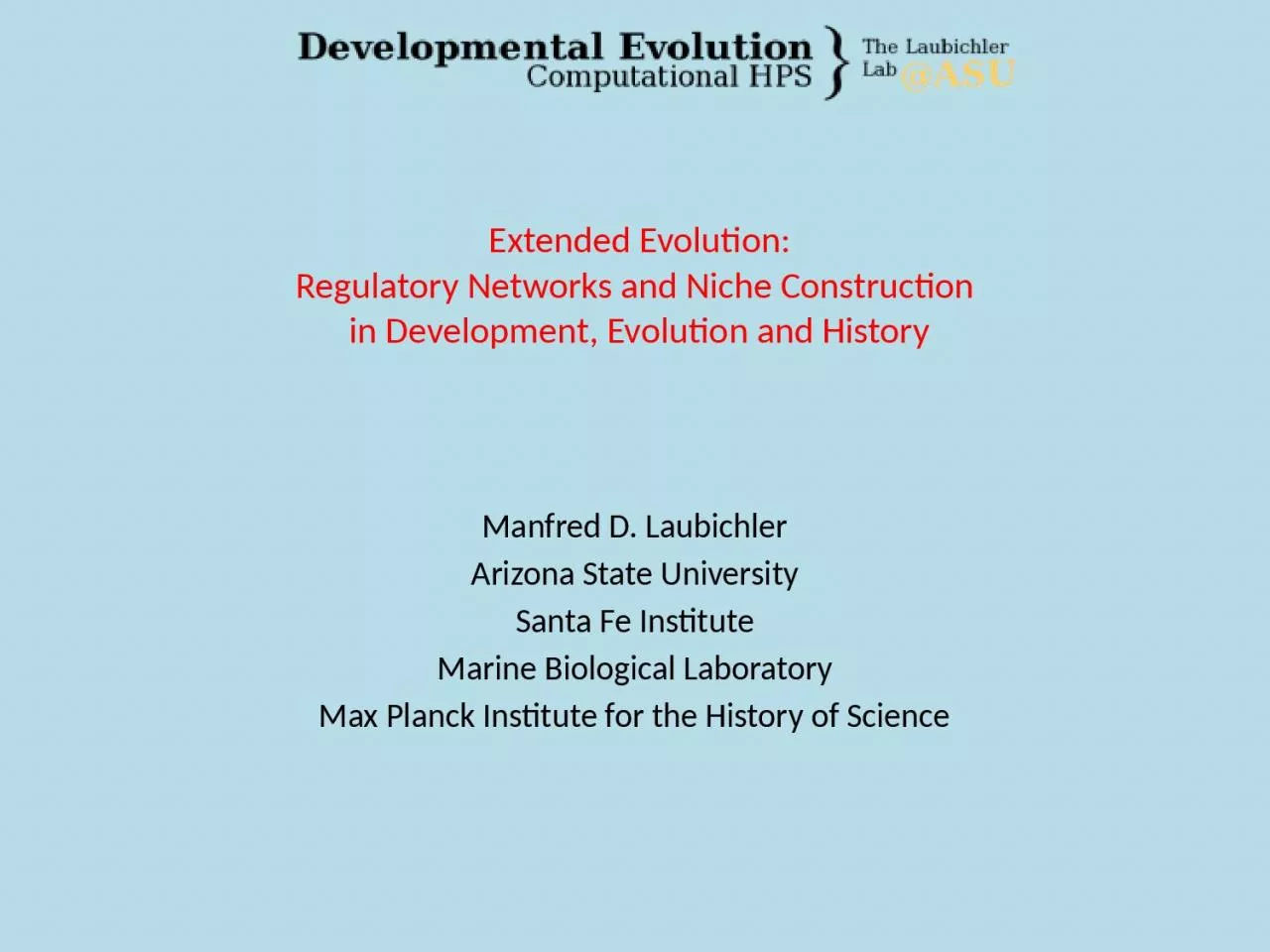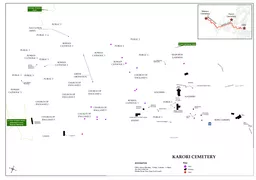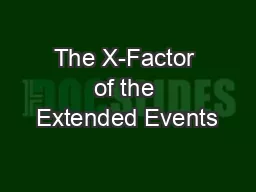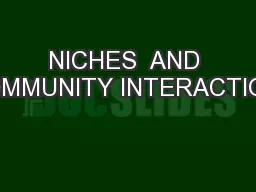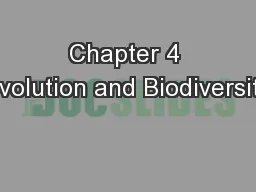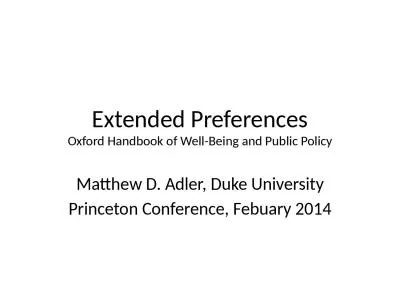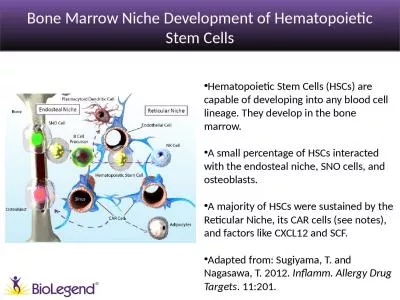PPT-Extended Evolution: Regulatory Networks and Niche Construction
Author : margaret | Published Date : 2022-06-28
in Development Evolution and History Manfred D Laubichler Arizona State University Santa Fe Institute Marine Biological Laboratory Max Planck Institute for the
Presentation Embed Code
Download Presentation
Download Presentation The PPT/PDF document "Extended Evolution: Regulatory Networks ..." is the property of its rightful owner. Permission is granted to download and print the materials on this website for personal, non-commercial use only, and to display it on your personal computer provided you do not modify the materials and that you retain all copyright notices contained in the materials. By downloading content from our website, you accept the terms of this agreement.
Extended Evolution: Regulatory Networks and Niche Construction: Transcript
Download Rules Of Document
"Extended Evolution: Regulatory Networks and Niche Construction"The content belongs to its owner. You may download and print it for personal use, without modification, and keep all copyright notices. By downloading, you agree to these terms.
Related Documents

